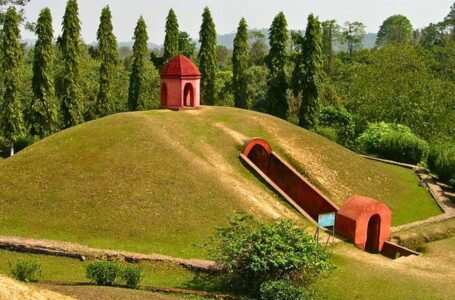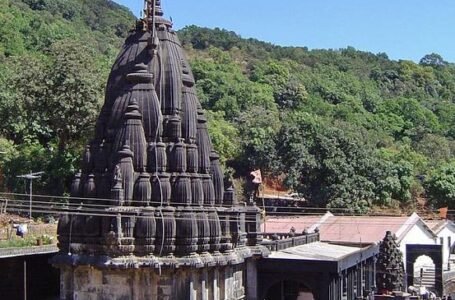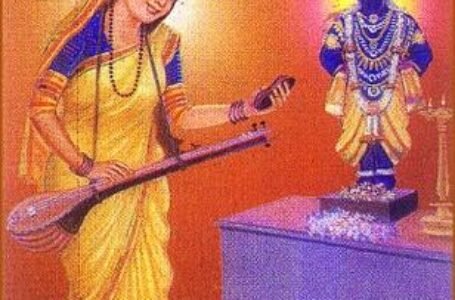Unveiling the Legacy of Kalhana and the Rajatarangini: Kashmir’s Ancient Historian and His Timeless Chronicle
- Asian history Ancient history Medieval history
 Prakash Israni
Prakash Israni- September 16, 2023
- 0
- 617
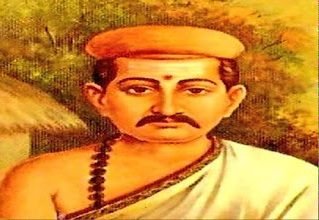
Few names in ancient Indian history are as illustrious as Kalhana, the renowned Kashmiri historian and chronicler. His magnum opus, the “Rajatarangini,” is a wealth of information about Kashmir’s past, present, and rulers. In this post, we will go deeply into Kalhana’s life and works while examining the Rajatarangini’s significance and long legacy. In the 12th century CE, Kalhana, an ancient Indian historian and chronicler, existed. The “Rajatarangini,” one of the earliest and most significant historical works about the history of Kashmir, is the work for which he is most known. The Rajatarangini, often known as “The River of Kings,” is an eight-booked historical account written in Sanskrit. In addition to continuing to be a crucial resource for historians and scholars interested in the history and culture of the area, Kalhana’s work has significantly contributed to the preservation of Kashmir’s historical memory.

An ancient Indian historian by the name of Kalhana was instrumental in recording the history of the Kashmir area, despite his name not being commonly recognized. His masterpiece, the “Rajatarangini” (The River of Kings), is a wonderful example of his devotion to conserving Kashmir’s rich historical fabric. We shall examine Kalhana’s biography, Rajatarangini’s contents, and the exceptional chronicler’s long legacy in this article.
A Historian Beyond His Time: Kalhana
In the 12th century CE, when Kalhana was a scholar and poet, the Indian subcontinent was characterized by a variety of kingdoms and extensive cultural interactions. He was raised in the Kashmir region and from an early age showed a strong interest in the past of his native country. His love of the past inspired him to begin a wonderful adventure of historical archiving. He was educated and knowledgeable in a variety of topics, including politics, history, and culture. He undertook the enormous task of documenting Kashmir’s history because of his profound understanding of the subject and his love for his own country.

The River of Kings: The Rajatarangini
The “Rajatarangini” is without a doubt Kalhana’s most enduring contribution to the fields of literature and history. The title itself, which translates to “The River of Kings,” conjures up a stirring image of Kashmir’s kings navigating the tides of time. The Rajatarangini is an eight-book work written in traditional Sanskrit. Each book examines a particular era in Kashmir’s history and offers invaluable insights into the political, social, and cultural development of the area. In addition to adding to the work’s visual appeal, Kalhana’s use of the Sanskrit language and his poetic writing style lift it into the category of literature.
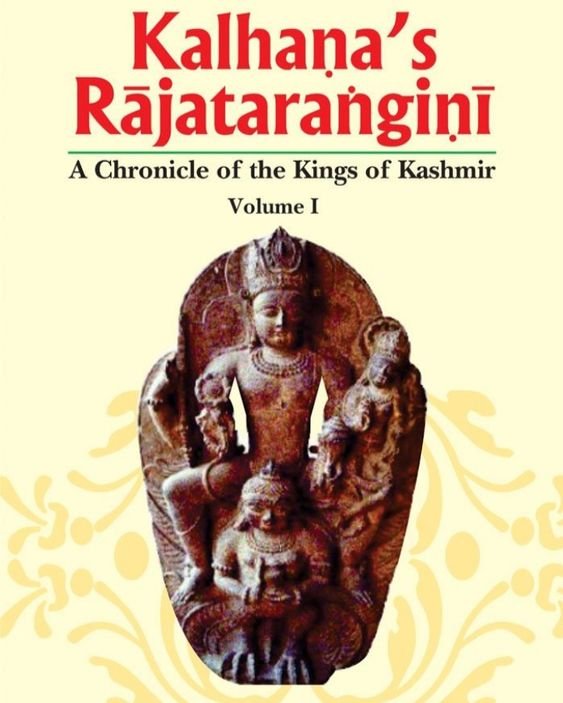
The Rajatarangini: Exposing the History of Kashmir
The Rajatarangini, Kalhana’s most well-known book, is a multi-century historical account of Kashmir. It was written in Sanskrit and is comprised of eight volumes, each of which covers a different era in the history of the area. The Rajatarangini offers priceless information about the political, social, and cultural evolution of ancient Kashmir.
Book 1: “The Descent of the Ganges,” the first book, analyzes Kashmir’s mythical roots and lays the groundwork for the succeeding historical stories.
Book 2: “The Story of Gonanda” talks about the early kings of Kashmir and their deeds.
Book 3: “The Story of Toramana” discusses the Hun invasion’s dominance and its effects on the area.
Book 4: “The Story of the Three Kings” gives a thorough description of the Shahi dynasty’s tenure in Kashmir.
Book 5: The lives and accomplishments of notable Kashmiri queens are highlighted in Book 5: “The Story of the Queens.”
Book 6: “The Story of Kalasha” explores the rule of Kalasha, a strong ruler of Kashmir.
Book 7: The Lohara dynasty’s rule and its struggles are described in Book 7: “The Story of the House of Lohara”.
Book 8: “The Story of the Later Kings” details Kashmir’s later historical eras as well as the emergence of many dynasties.

The Kings’ Chronology
The Rajatarangini’s exact chronology of the Kashmiri kings is one of its most outstanding aspects. Kalhana laboriously compiled a list of the monarchs’ names, acts, and reign lengths. For historians researching Kashmir’s historical dynastic shifts and political developments, this chronological framework is an essential tool.
Inspirational Sources
The Rajatarangini was compiled by Kalhana, who was not only an isolated scholar; he drew on a variety of sources. These sources included old historical writings, inscriptions, oral histories, and travel and academic memoirs. He compiled a thorough historical record by combining these many stories.

The Rajatarangini’s Prejudices
Though the Rajatarangini is a priceless historical record, it is important to understand that Kalhana, like many other ancient historians, had biases in his work. He frequently presented the Kashmiri kings and queens in a romanticized light, highlighting their accomplishments and virtues while downplaying their flaws. It might be difficult for contemporary historians to determine the complete truth because of this idealization, but it also sheds light on the political and cultural beliefs of Kalhana’s day.
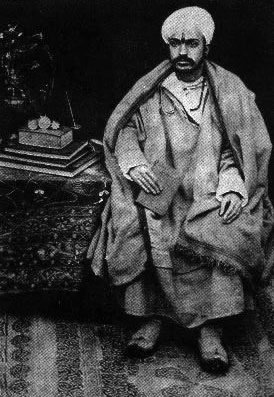
Themes Investigated in Rajatarangini
Beyond a history of kings and their reigns, the Rajatarangini goes into several topics that provide light on Kashmir’s past and present: The text examines Kashmir’s diverse religious environment by charting the rise of Buddhism, Shaivism, and other beliefs. It provides a window into religious rites, practices, and governmental support for religious institutions. Insights into Kashmir’s social structure, including the caste system and everyday life of the common people, are provided through Kalhana. His works provide insight into Kashmir’s pre-Islamic marital practices, social mores, and treatment of women. Culture: The Rajatarangini is evidence of Kashmir’s rich cultural legacy. It provides insights into courtly life and the monarchs’ sponsorship of the arts while describing the local music, literature, and visual arts. Politics is a major topic of the Rajatarangini is how political intrigues, coalitions, and wars influenced Kashmir’s future. The story of Kalhana offers a glimpse into the political squabbles and diplomatic intrigue of the day. Nature shows when Kalhana portrays Kashmir’s rivers, mountains, and landscapes, his literary talent is on full show. His historical account gains lyrical depth from these vivid depictions.
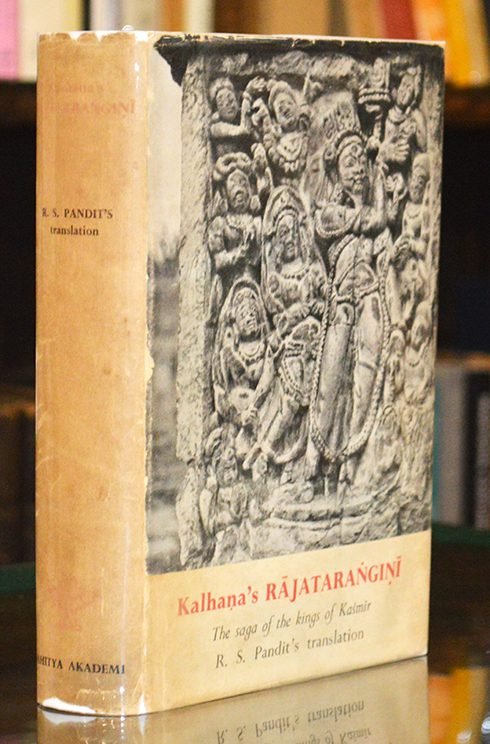
Kalhana and the Rajatarangini’s legacy
Rajatarangini by Kalhana has had a lasting impression on the field of historical studies. One may see its continuing legacy in several ways:
Historical Reference: The Rajatarangini continues to be a key source for historians researching Kashmir’s and the Indian subcontinent’s past. Its thorough chronology and in-depth descriptions offer insightful perspectives into the past of the area. Because of Kalhana’s diligent documentation, historians have been able to follow the emergence and demise of several dynasties in Kashmir. It offers perceptions of governmental changes, military operations, and cultural advancements.
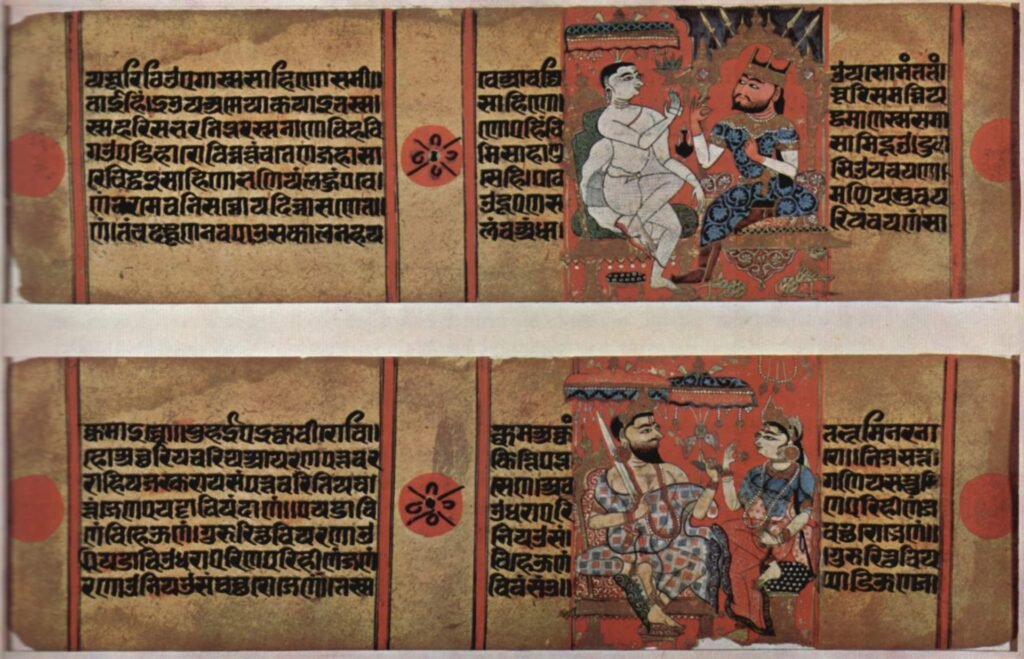
Cultural legacy: Kalhana’s efforts have helped to keep Kashmir’s cultural legacy alive. It has encouraged later generations to discover the region’s cultural, literary, and historical treasures. The Rajatarangini provides a window into the social and cultural makeup of prehistoric Kashmir. It illuminates the nation’s inhabitants’ everyday routines, traditions, and religious activities.
Chronology: The Rajatarangini is a work of literature as well as a historical record, which gives it literary significance. In the field of classical Sanskrit literature, it is admired and studied for its lyrical language and narrative flair. The Rajatarangini’s descriptions of historic towns, temples, and other buildings have helped archaeologists in their quest to discover and protect Kashmir’s archaeological legacy.
Inspiration for Scholars: Kalhana’s commitment to documenting history has motivated other academics and historians to embark on comparable projects. His work serves as an example of diligent investigation and recording. Numerous authors and poets, both in Kashmir and beyond, have been influenced by Kalhana’s work. His poetic writing style and passionate narrative have irrevocably changed Indian literature.
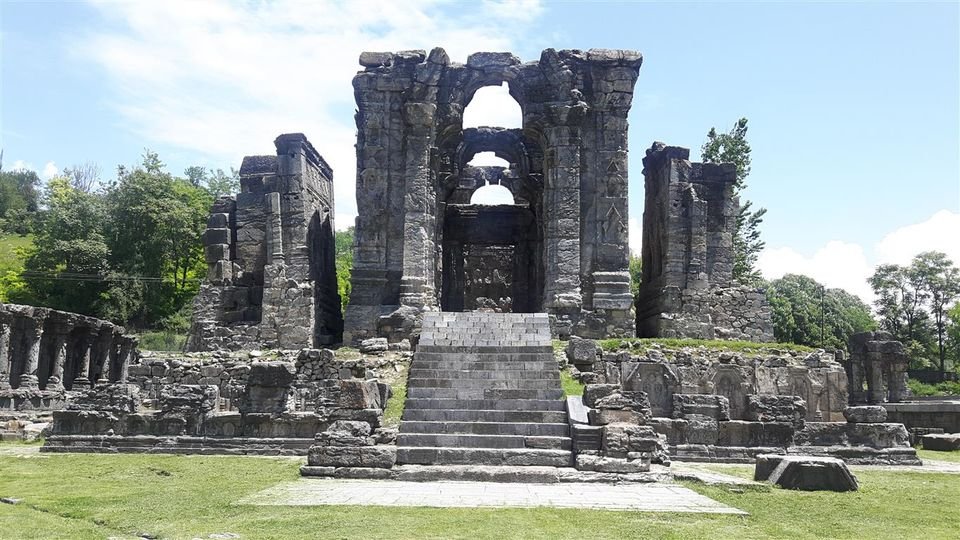
The Rajatarangini, a work by Kalhana, is notable for the following reasons:
Historical Account: Up to Kalhana’s reign, which lasted until the 12th century CE, The Rajatarangini provides a historical account of Kashmir’s monarchs.
Style and language: Kalhana used a lyrical and narrative writing style when he penned the Rajatarangini. It is valued as both a historical document and a piece of literature.
Sources: Kalhana’s work was based on prior works and oral traditions, making it a significant source of knowledge on Kashmir’s politics, culture, and history.
Chronology: The Rajatarangini is renowned for its thorough chronology of Kashmir’s kings, which sheds light on the dynastic shifts and political developments that took place there over many centuries.
Prejudice and Interpretation: Like many ancient historians, Kalhana’s work exhibits some prejudice and an idealization of kings, yet it continues to be an essential source for historians researching Kashmiri history.
Legacy: The Rajatarangini has been translated into several languages and is studied by academics with an interest in ancient Indian history, notably Kashmiri history.

Kalhana’s Method
The Rajatarangini is a distinctive historical work because of Kalhana’s meticulous and analytical approach to gathering information about the past. In contrast to many historians of his day who depended on mythology and tradition, Kalhana made a point of conducting an in-depth study to back up his claims. He looked into a variety of documents, such as old chronicles, inscriptions, and oral traditions. In addition, Kalhana had a deep understanding of the political and social trends of his day. He was not afraid to examine the goals and deeds of tyrants and leaders, which gave his story more depth and richness. His dedication to impartiality and truth raised the bar for historical writing in India.

Problems and Disputations
Although the Rajatarangini is well-regarded, there have been problems and disputes with it. For his sporadic biases and dependence on inaccurate oral traditions, some academics have attacked Kalhana. Additionally, the material is less understandable to modern readers due to the Sanskrit language’s complexity. In addition, it has been said that the Rajatarangini’s emphasis on the exploits of kings and other authorities marginalizes the perspectives and experiences of regular people. While acknowledging the importance of Kalhana’s work, it is essential to be aware of these limits.

Conclusion
With his monumental work, the Rajatarangini, Kalhana, the great Kashmiri historian, made an imprint on both history and literature. We were taken back in time to Kashmir’s complex tapestry of politics, culture, and history thanks to his thorough account. Even while his writings may display prejudice and idealization, they are nonetheless a priceless tool for learning about the past. In addition to being a historian, Kalhana is remembered for his work as a poet who infused the historical record with new vitality. Scholars and fans alike continue to be inspired by The Rajatarangini, which serves as a timely reminder of the value of conserving our history and culture for the next generations. The “River of Kings” by Kalhana is an eternal rivulet that feeds our admiration for Kashmir’s enduring beauty as well as our knowledge of the past.
Kalhana’s Rajatarangini is still a shining example of historical study, shedding light on Kashmir’s rich and varied past. Kalhana has given us a history that not only educates but also inspires us through his thorough study and literary skills. His commitment to preserving the past has made it possible for us to relate to the people, occasions, and culture of prehistoric Kashmir. Let’s not overlook Kalhana’s groundbreaking effort, the unheralded chronicler whose legacy lives on in the Rajatarangini’s pages and bridges the past and the present as we continue to delve into the depths of Indian history.
